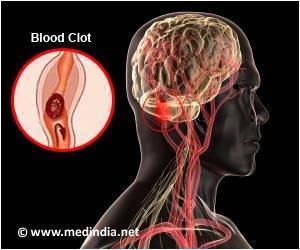In the human body, proteins play important roles, particularly neuroproteins that maintain proper brain function.

A team of Australian and American scientists discovered that an unusual amino acid called BMAA can be inserted into neuroproteins, causing them to misfold and aggregate. BMAA is produced by cyanobacteria, photosynthetic bacteria that form scums or mats in polluted lakes or estuaries.
BMAA has been detected in the brain tissues of ALS patients.
In an article published in PLOS ONE scientists at the University of Technology Sydney and the Institute for Ethnomedicine in Jackson Hole, Wyoming, report that BMAA mimics a dietary aminoacid, L-Serine, and is mistakenly incorporated into neuroproteins, causing the proteins to misfold. The misfolded proteins build up in cells, eventually killing them.
"We found that BMAA inserts itself by seizing the transfer RNA for L-Serine. This, in essence, puts a kink in the protein causing it to misfold," says lead author Dr. Rachael Dunlop, a cell biologist in Sydney working in the laboratory of Dr. Ken Rodgers.
"The cells then begin programmed cell death, called apoptosis. "Even more importantly, the scientists found that extra L-Serine added to the cell culture can prevent the insertion of BMAA into neuroproteins. The possibility that L-Serine could be used to prevent or slow ALS is now being studied."
Advertisement
In ALS, motor neurons in the brain and spinal cord die, progressively paralyzing the body until even swallowing and breathing becomes impossible.
Advertisement
"For many years scientists have linked BMAA to an increased risk of motor neuron disease but the missing pieces of the puzzle relate to how this might occur. Finally, we have one of those pieces," said Dr Sandra Banack, a co-author on the paper.
Source-Eurekalert















